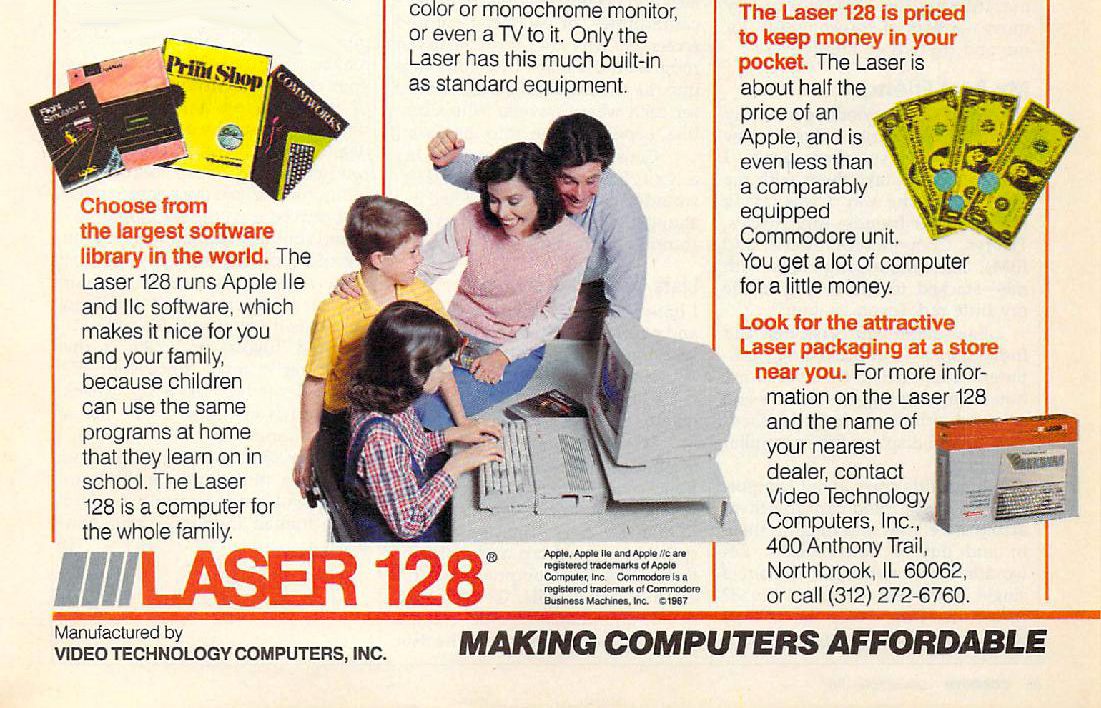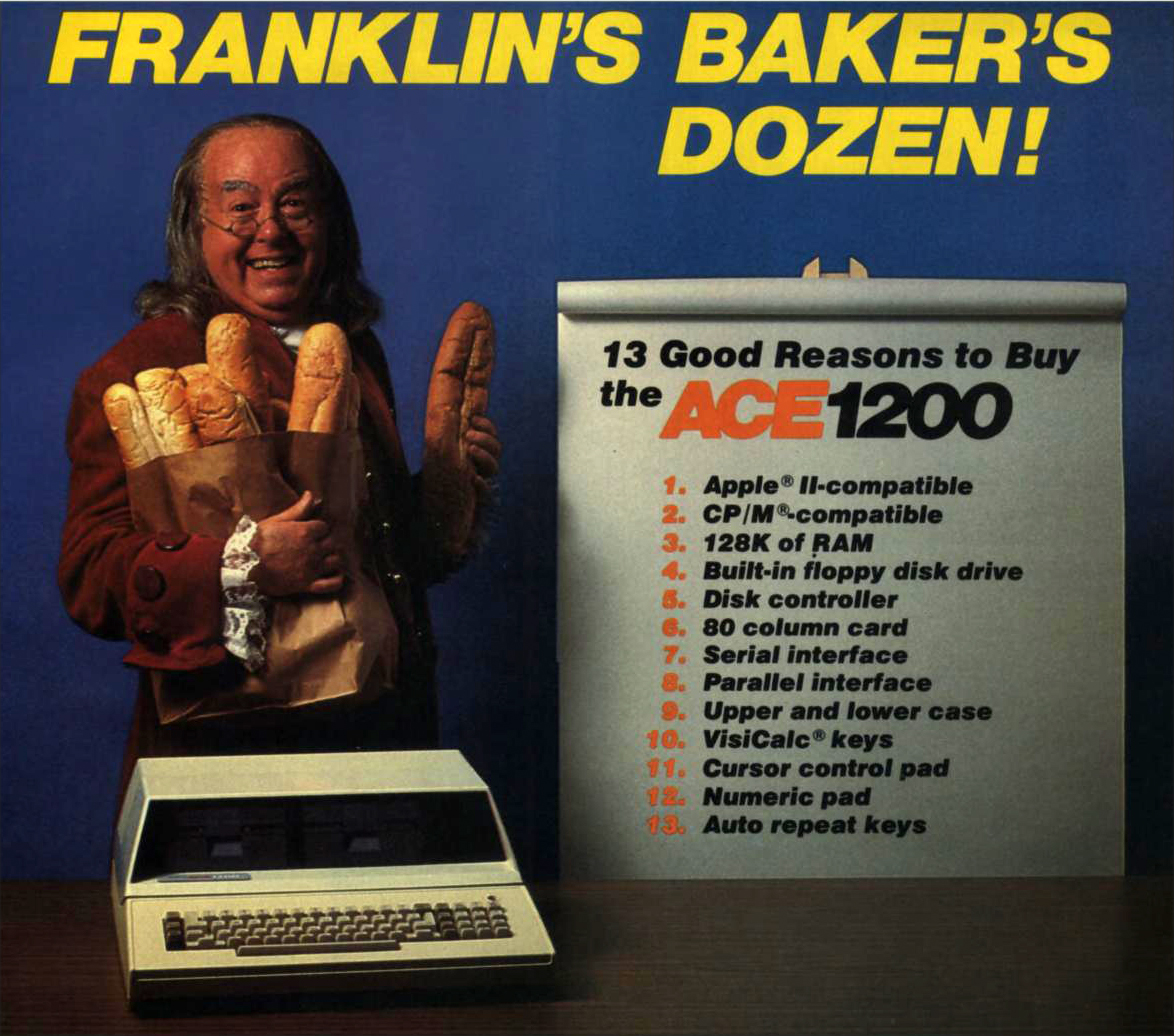This photo collection of vintage ads gives a glimpse into how the computer industry developed in the early 1980s. Magazines were rife with these types of ads emphasizing a few particular selling points such as the new computer tech being educational, would help with your homework, would bring the whole family together in joy and harmony, and that would help the kids succeed. During this time technology developed to a point where manufacturers could place millions of transistors on a single circuit chip. This was called monolithic integrated circuit technology. It also heralded the invention of the Intel 4004 chip which was the first microprocessor to become commercially available in 1971. This invention led to the dawn of the personal computer industry. By the mid-70s, personal computers such as the Altair 8800 became available to the public in the form of kits and required assembly. Byte magazine in January 1980 announced in an editorial that “the era of off-the-shelf personal computers has arrived”. The magazine stated that “a desirable contemporary personal computer has 64 K of memory, about 500 K bytes of mass storage online, any old competently designed computer architecture, upper and lowercase video terminal, printer, and high-level languages”. The author reported that when he needed to purchase such a computer quickly he did so at a local store for $6000 in cash, and cited it as an example of “what the state of the art is at present … as a mass-produced product”. By early that year Radio Shack, Commodore, and Apple manufactured the vast majority of the one half-million microcomputers that existed. As component prices continued to fall, many companies entered the computer business. This led to an explosion of low-cost machines known as home computers that sold millions of units before the market imploded in a price war in the early 1980s. In early 1981, Adam Osborne introduced the first portable computer. The Osborne 1 was about the size of a suitcase, ran CP/M, included a pair of 5.25″ floppies, and had a tiny 5″ display. The innovative machine was bundled with about $1,500-2,000 worth of software, and the whole package sold for $1,899. The first laptop computer also arrived in 1981, the Epson HX-20 (a.k.a. Geneva). The HX-20 was about 8.5″ by 11″ and maybe 1.5-2″ thick and used a microcassette to store data. It displayed 4 lines of 20 characters on an LCD screen above the keyboard. Of course, the most significant event of 1981 for the personal computing industry was the introduction of the IBM PC on August 12. This computer ran a 16-bit CPU on an 8-bit bus (the Intel 8088), had five expansion slots, included at least 16 KB of RAM, and had two full-height 5.25″ drive bays. The second most significant event of 1981 was dependent on the first: Microsoft got IBM to agree that PC-DOS would not be an IBM exclusive. This paved the way for the clone industry, which in the end marginalized the influence of Big Blue. Time magazine called 1982 “The Year of the Computer” as the industry grew up. By 1983, the industry estimated that 10 million personal computers were in use in the United States alone. Ever since IBM entered the market, the term PC has taken on a different meaning. Although it retains the original meaning of “personal computer”, the IBM architecture has so dominated the industry that it soon came to mean IBM-compatible computers to the exclusion of other machines.
(Photo credit: Pinterest / Flickr / Wikimedia Commons / Personal Computer History: 1975-1984 by Daniel Knight). Notify me of new posts by email.
Δ Subscribe

































